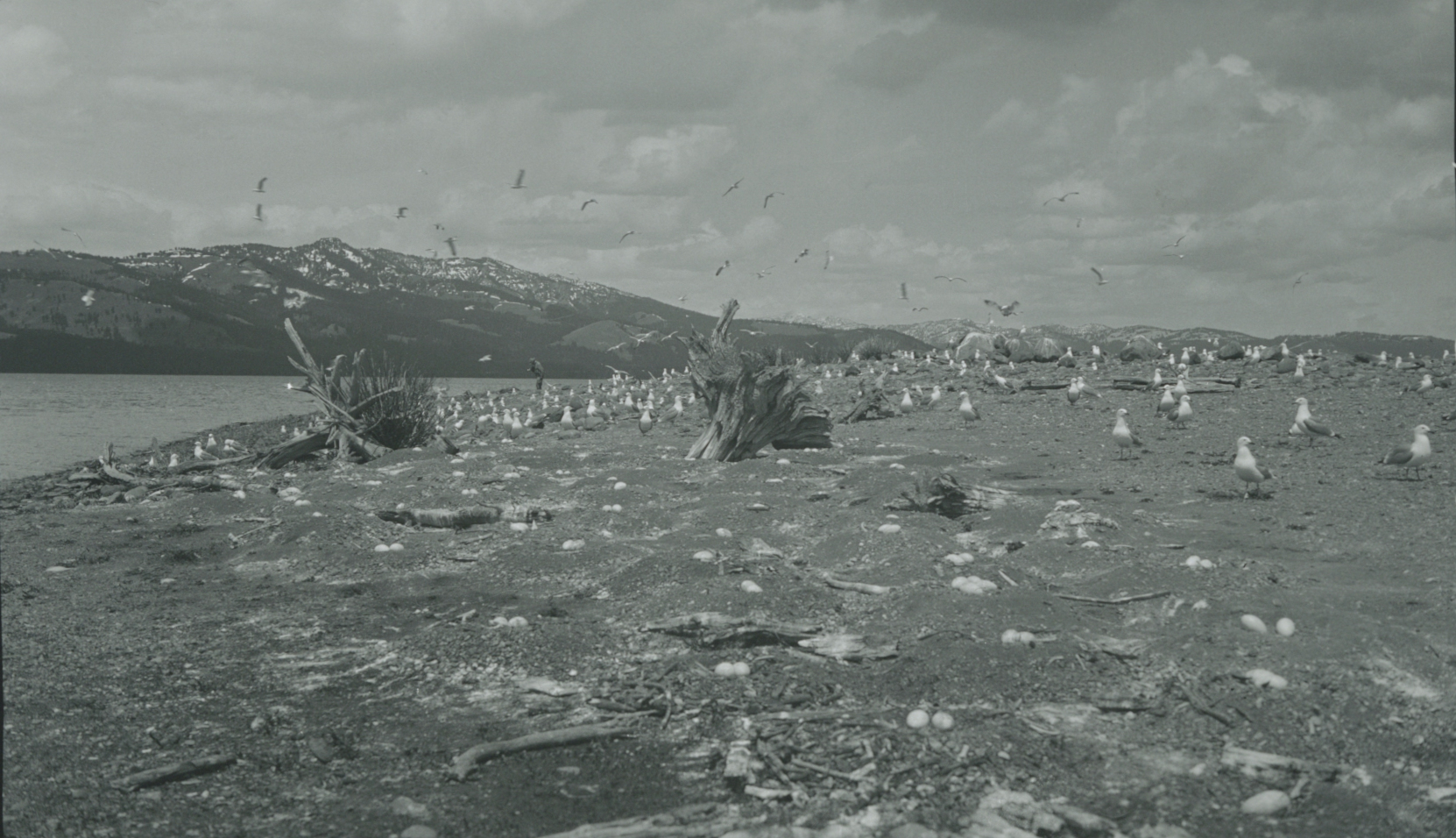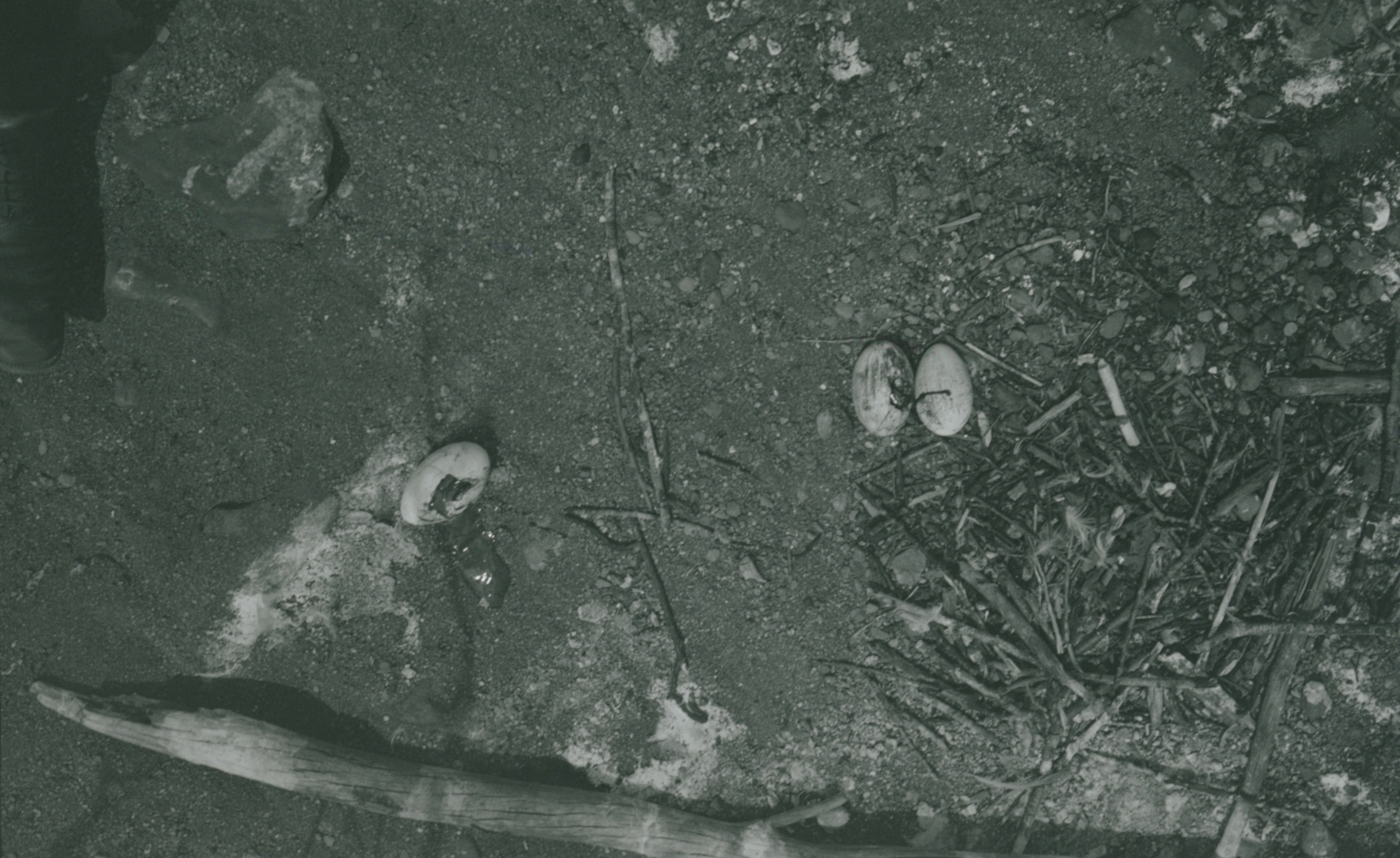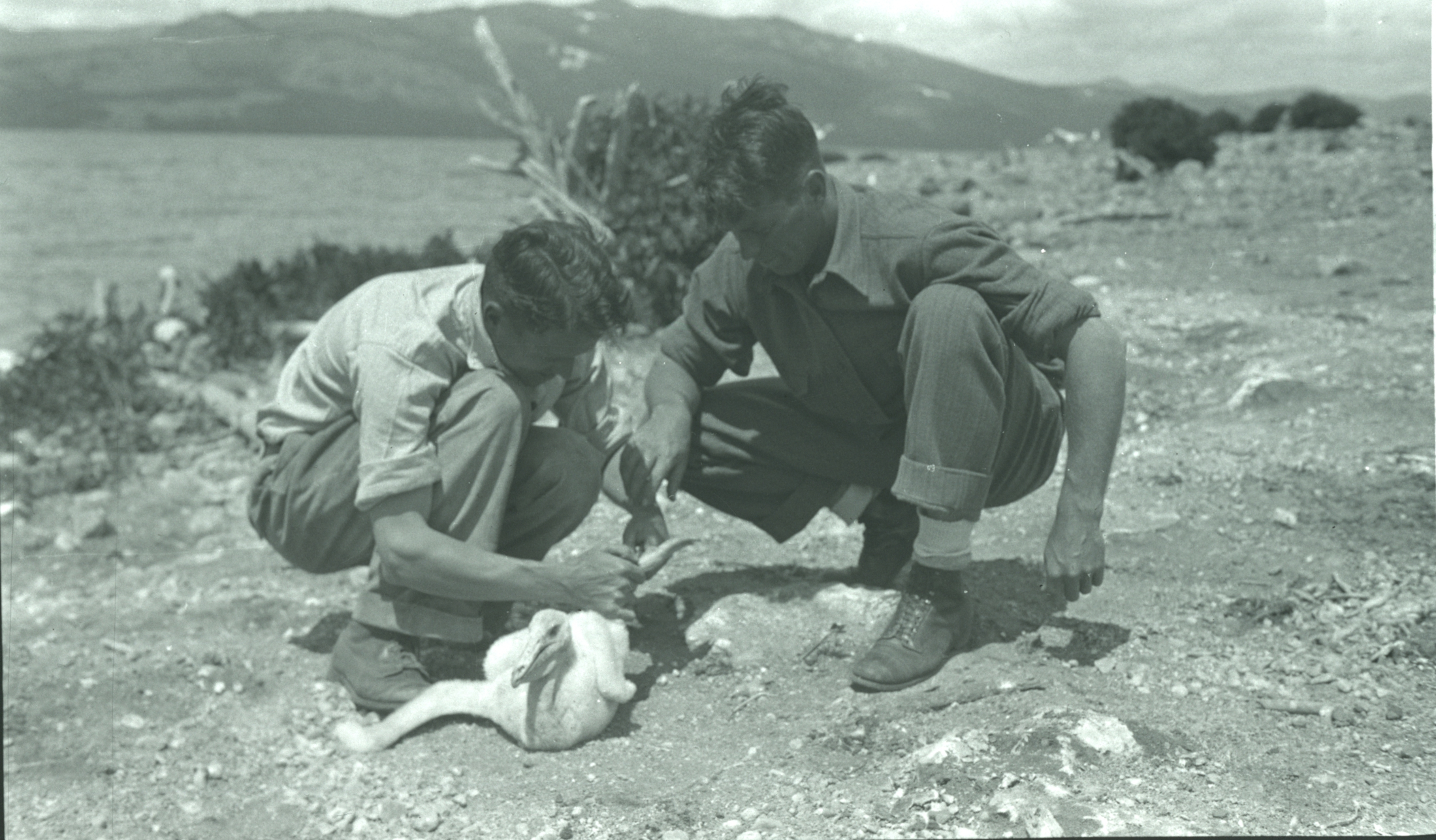Over the years Yellowstone has provided me with room to breathe, to reconnect, and the opportunity to determine what is important for my life. So what better to give back to a place that has given me so much than to volunteer. Over Winter 2024 I volunteered in the museum and library at the Heritage and Research Center of Yellowstone National Park. Hardworking NPS employees occupied me with a variety of projects which changed daily and kept me on my toes. But one of the bigger ongoing tasks was to help write metadata for the Digitization Project.
The main goal of the Digitization Project is to digitize photographs in the museum collection and create accompanying metadata to make these items accessible to millions of people through various the Montana History Portal. So, “What is metadata?” you may ask. Metadata is information – such as author, creation date, file size, and even key words and search terms – that describes a data point or data set. Metadata can improve a data system’s functions and make it easier to search for, organize and use data. A simple definition of metadata is “data about data.”
Writing metadata for some of the museum collection’s digital images exposed me to portions of Yellowstone I have not experienced over the three decades spent exploring this national treasure. Sure, I’ve enjoyed firsthand what this park has to offer in terms of visiting the popular tourist stops, camping, hiking, informative Ranger programs, and solo backcountry adventures. In recent years I’ve enjoyed binge reading Yellowstone books. The most important thing I’ve learned so far… I haven’t scratched the surface of learning about Wonderland. Yet working with these historical images of Yellowstone has not only brought to life what I’ve seen in person and read in books, it has also opened the door to future discovery of what this park has to offer.
But back to metadata, because that’s what this blog post is about. I tackled folders containing digital images ranging from the Blacktail Plateau and Old Bannock Trail, to stagecoach robberies and boundary markers, to Yellowstone’s Rivers and Creeks. I also wrote metadata for the gateway cities of Cody, Wyoming and Cooke City, Montana. I am currently working on images from the Lamar Valley which include an interesting series of photos documenting the filming of the 1933 movie, “The Thundering Herd”. The images include both action shots of actors herding “stampeding” bison and photos of the film crew itself.
One digital image folder I enjoyed writing metadata for was “Molly Islands”. Over the years I had heard of the remote Molly Islands, but I didn’t know much about them. Well, this opportunity to look at the images gave me the chance to learn something new.
The Molly Islands are two small islands located in the southeast arm of Yellowstone Lake. The islands are “cumulatively 0.7 – 1.2 acres in size depending on lake water levels.” The conditions on these two small islands can be extreme. Flooding, frosts, and high winds can happen any time after the lake thaws. These 1930’s summertime images illustrate the extremity of these islands as they are mostly barren and rocky with a few bushes and boulders. Sometimes a large driftwood tree has traveled from the lake shore due to a winter storm.

In such stark and harsh conditions colony birds return here year after year to nest. The images show numerous gulls and pelicans both on the ground and in the air. The images also include these birds’ ground nests with eggs and chicks. One photo demonstrates the harsh reality of nature as the nest holds damaged and broken eggs.


Images also depict hatchlings laying in nests and fledglings flocking together, scurrying away from the photographer.
An interesting part to this series of images include the human interference on this island. A U.S. Fisheries boat is anchored off the island. Rangers are photographed studying the birds. A picture of unidentified people and ranger, most looking at the ground, stepping carefully around nesting areas. And ultimately, the leg banding of a pelican for scientific purposes.


These photos, dating from the 1930’s, illustrate directly to the observer what was only known to be intermittent bird surveying on Molly Islands through the late 1970’s.
The Molly Islands are considered a sensitive area for nesting birds and are closed to boat landings. To minimize disturbance of resident birds, travel restrictions are in place for boaters and the two nearest backcountry campsites on the lake’s shore. I guess I’ve found my next Yellowstone backcountry adventure and look forward to camping at those backcountry sites and viewing Molly Islands’ wildlife through my binoculars!
I’ve enjoyed volunteering with the HRC as it was an opportunity to look at the past which will benefit my future enjoyment of Yellowstone.
See more photographs from the museum collection.
